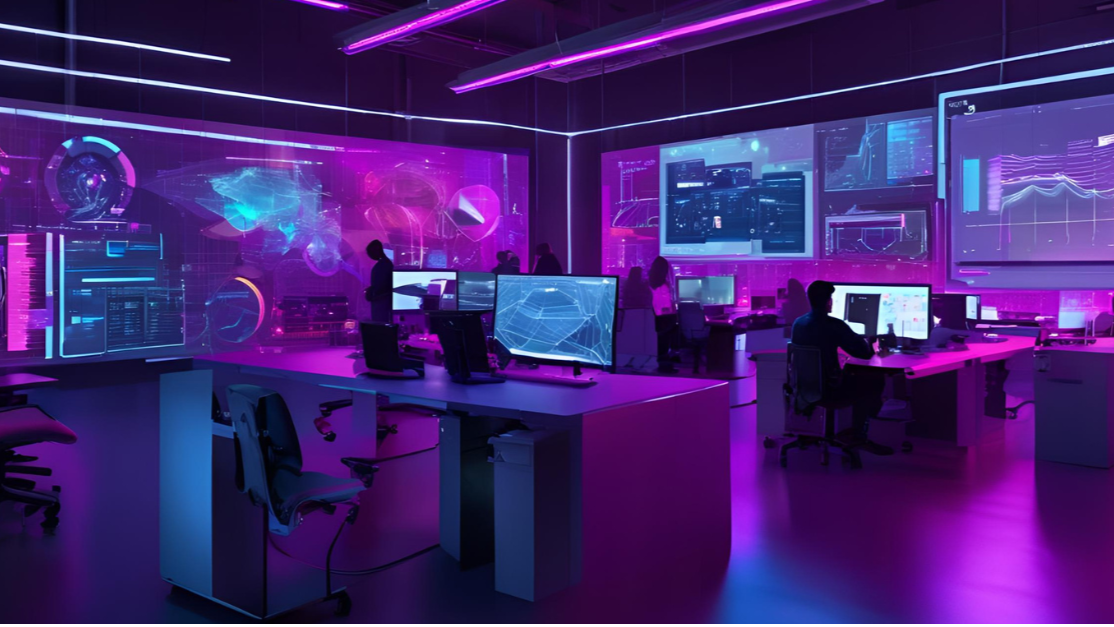How Agentic AI and Model Context Protocol Are Uniting the Digital Enterprise

ntroduction: The Digital Divide in Modern Enterprises
If you’ve ever tried to trace a product’s journey from design to delivery, you know the reality: data silos, duplicate entries, and endless reconciliation between systems. Despite decades of digital transformation, most organizations still struggle to connect their Systems of Engagement (where people interact), Systems of Record (where data is stored), and Systems of Insight (where intelligence is created).
But a new wave of technologies—Agentic AI and the Model Context Protocol (MCP)—is changing the game. These innovations are not just breaking down silos; they’re weaving a continuous, intelligent “digital thread” across the enterprise.
Understanding the Three Pillars
Let’s start by defining the landscape:
Systems of Engagement: Where Work Happens
Think of Systems of Engagement as the user-facing tools where collaboration and creation take place. This includes CAD platforms for design, MES dashboards on the shop floor, and CRM portals for customer interactions. These systems are dynamic and people-centric, but often disconnected from the underlying data that powers decision-making.

Systems of Record: The Single Source of Truth
Systems of Record are the backbone of enterprise data integrity. Here you’ll find PLM systems managing product configurations, ERP software tracking inventory and orders, and ECM platforms archiving compliance documents. These are your “golden records”—critical for audit, traceability, and compliance—but often locked away from day-to-day operations.

Systems of Insight: Turning Data into Decisions
Finally, Systems of Insight are the analytics engines—AI platforms, digital twins, and business intelligence tools—that transform raw data into actionable intelligence. These systems can predict maintenance needs, optimize logistics, or flag quality issues, but only if they have access to the right data at the right time.

The Challenge: Fractured Data, Missed Opportunities
Despite advances in each area, most organizations still operate in a fractured ecosystem. CAD changes may take weeks to propagate to PLM. MES alerts rarely trigger ERP updates in real time. AI insights are often siloed, requiring manual intervention to drive action.
The result? Delays, errors, and missed opportunities. According to recent studies, manufacturers lose millions annually to inefficiencies caused by disconnected systems and manual data reconciliation.
Enter Agentic AI: The Autonomous Orchestrator
Imagine having digital “agents” that not only move data between systems, but understand context, make decisions, and take action—autonomously. That’s the promise of Agentic AI.
Agentic AI systems can monitor changes in a CAD model, update the PLM record, adjust the ERP bill of materials, and even notify the MES to update work instructions—all without human intervention. These agents are context-aware, goal-oriented, and capable of learning from feedback, making them ideal for orchestrating complex, cross-system workflows.
Real-world example:
A global automotive supplier implemented agentic AI to automate engineering change orders. What once took two weeks—moving CAD revisions through PLM, ERP, and MES—now happens in hours, with full traceability and fewer errors.

Model Context Protocol: The Universal Translator
Of course, for agents to work across diverse systems, they need a common language. Enter the Model Context Protocol (MCP).
Think of MCP as the “USB-C of enterprise data”—a standardized way for AI agents to connect, fetch, and update information across PLM, ERP, MES, CRM, and more. With MCP, organizations can integrate legacy systems and new cloud platforms without costly migrations or brittle custom code.
Case in point:
A pharmaceutical manufacturer used MCP to connect cleanroom sensors (SoE), ERP inventory (SoR), and AI-driven quality analytics (SoI). When humidity exceeded safe limits, agents rescheduled production, substituted materials, and documented compliance—automatically. The result? Faster batch changeovers and flawless regulatory audits.

From Fractured Islands to a Continuous Digital Thread
The real power emerges when Agentic AI and MCP are combined. Suddenly, the digital thread isn’t just a metaphor—it’s a living, breathing nervous system for the enterprise.
- Design changes in CAD flow instantly to PLM and ERP, updating bills of materials and triggering supplier orders.
- Shop floor events captured by MES are analyzed in real time, with AI agents adjusting schedules and inventory in ERP.
- Customer feedback from CRM is routed to engineering, with insights driving product improvements and faster response times.
This closed-loop integration not only accelerates innovation but also reduces risk, increases quality, and drives out cost. Companies adopting this approach report up to 40% faster time-to-market and significant reductions in rework and compliance issues.
Getting There: Practical Steps for Leaders
Transitioning from today’s siloed systems to a robust digital thread isn’t an overnight journey, but it’s more achievable than ever:
- Adopt API-first, open architectures. Choose systems that support MCP or offer robust integration capabilities.
- Start small with agentic automation. Automate a single workflow—like BOM updates or quality alerts—before scaling up.
- Invest in data governance and cross-functional teams. Map your data flows and clarify ownership to ensure clean, actionable information.
- Iterate and learn. Use feedback from agents and analytics to continuously improve processes and expand automation.
Conclusion: The Future Is Cognitive, Connected, and Competitive
The convergence of Agentic AI and Model Context Protocol is more than a technical upgrade—it’s a strategic imperative for organizations that want to thrive in the digital age. By transforming static systems into dynamic, intelligent networks, leaders can unlock new levels of agility, resilience, and innovation.
Are you ready to bridge your digital divide? Let’s connect and explore how Agentic AI and MCP can accelerate your journey to a truly connected enterprise.
Further Reading
"Engineering with a Digital Thread" – MIT, Singh & Willcox (2018)
"Model Context Protocol Technical Specifications" – Anthropic (2024)
"Agentic AI in Industrial Applications" – Endava (2025)
"Digital Thread Case Studies" – Automation World (2024)
"ERP-MES Integration Patterns" – DCKAP (2025)
Let’s continue the conversation—share your thoughts or reach out for a deeper dive into digital thread transformation!
